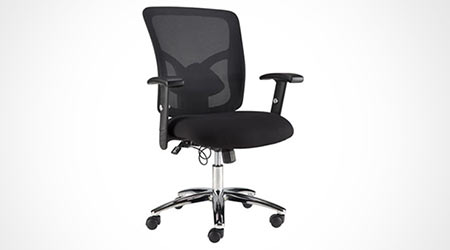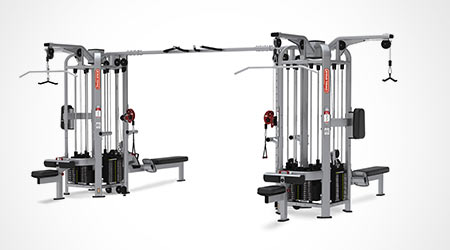
Sit/Stand Desks Linked to Improved Productivity and Health
July 26, 2017
Adjustable workstations are linked to worker productivity, improved mental concentration, and lower perceived stress, according to a study from the Icahn School of Medicine at Mount Sinai and the Center for Active Design.
During the year-long study, a random selection of Perkins+Will Atlanta employees on two separate floors — one group with new adjustable work stations and the other in their standard fixed desks — were tracked with questionnaires every three months, as well as brief real-time polling.
Lead researcher, Dr. Elizabeth Garland, associate professor in the Department of Environmental Medicine and Public Health at the Icahn School of Medicine at Mount Sinai, evaluated sedentary behavior, perceived stress, and ongoing behavioral changes.
Participants with the adjustable work stations (AWS) reported a 15 percent reduction in sitting six months after the AWS installation, according to the American Society of Interior Designers Foundation report on the research. A grant from the foundation funded the research.
"After twelve months, 88 percent of participants who received AWS reported the new workstations were convenient to use; 65 percent reported increased productivity; and 65 percet indicated that the AWS positively impacted their health outside of the workplace," according to the report.
The study is part of an effort to provide evidence-based evaluations of interventions in the built environment, something which is increasing as the impact of the workplace on wellness is better understood. “Continuing research in office environments is vital to ensuring decision makers are equipped with the knowledge to implement optimal building design and operations that promote health for their employees, clients, and/or tenants,” said Joanna Frank, executive director, Center for Active Design.
This Quick Read was submitted by Naomi Millán, senior editor of Building Operating Management magazine, naomi.millan@tradepress.com. For more on supporting wellness in the built environment, go to www.facilitiesnet.com/16347bom
Next
Read next on FacilitiesNet












